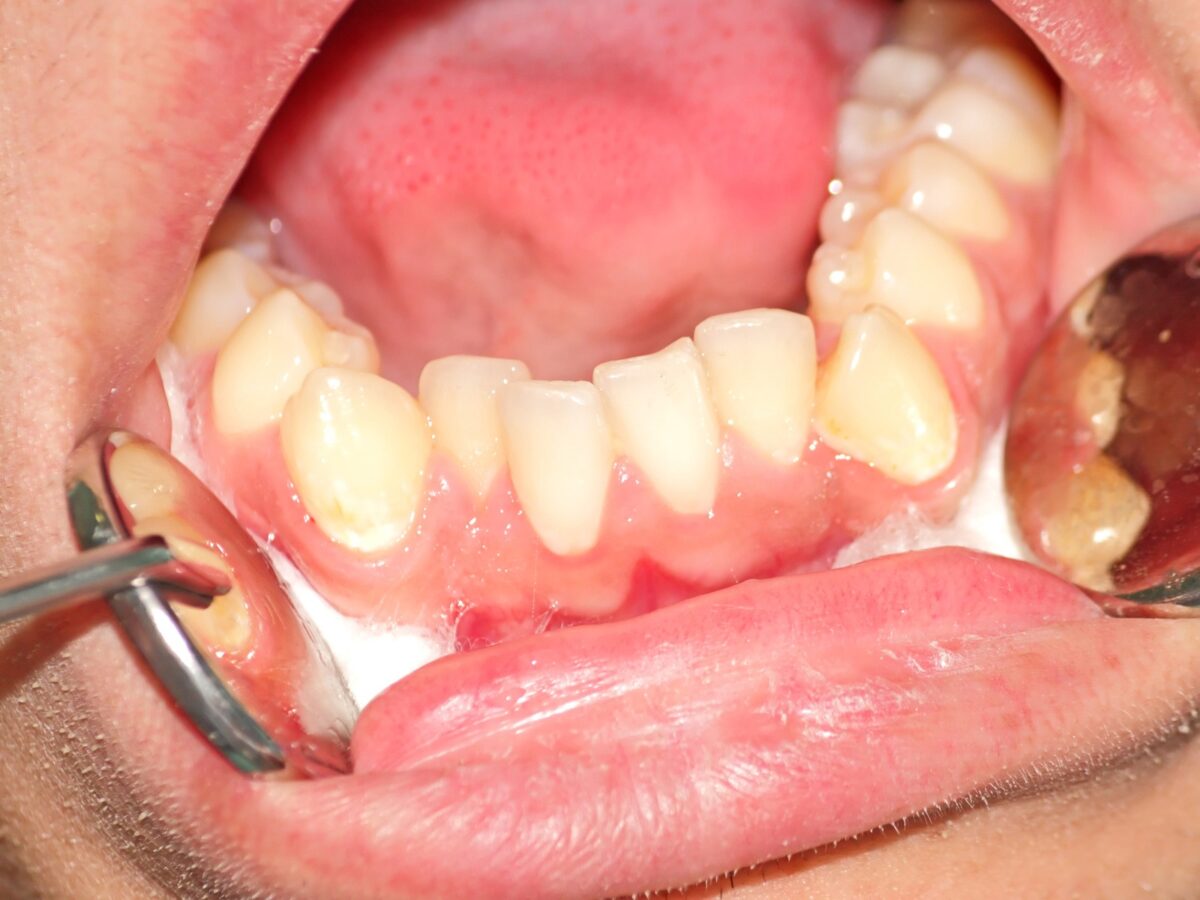Blog
Dental hygiene tips for healthy teeth & gums

How to Fix a Bad Bite?
A bad bite, alternately known as malocclusion, is a condition wherein the upper and lower teeth are not appropriately aligned. A poor bite is one of the most prevalent dental disorders, and ironically the most neglected as well. A bad bite can be congenital, or as a result from childhood habits like thumb sucking. There exist numerous adverse consequences of a bad bite, and some of them are:
- Speech difficulties
- Dry mouth
- Tongue biting
- Early wearing down of the enamel.
- Swallowing issues
- Cosmetic alteration of the face
- Interference with chewing
- Upper teeth bite into the lower gums, or the lower set of teeth may bite onto the mouth’s roof. Both of them can happen simultaneously, as well.
Types of Bad Bites
There are several types of bad bites. The most common ones are:
- Overbite: It occurs when the top row of teeth extends beyond the booth row, resulting in a misaligned jaw. Overbite also manifests as the exaggerated protruding of the front teeth.
- Underbite: It is a problem in which the lower set of teeth is not aligned with the top row.
- Crowded Teeth: As the name suggests, it is a condition of inadequate space in the mouth for permanent teeth to grow straight.
Symptoms of a Bad Bite
The outward substantiation of a bad bite is expected but not universal. Many people may suffer from malocclusion and not experience cosmetic facial altercations. Therefore, it becomes essential to look out for other symptoms that may emerge.
Pain in a specific tooth is generally due to a cavity, but it could also imply that one tooth is bearing the brunt of your poor bite and consequent disheveled chewing. Furthermore, if biting and chewing cause pain in the jaw up to the ear, then it is a massive warning sign of malocclusion or a bad bite. It is noteworthy that a rapid and noticeable wearing down of teeth could be a strong indicator of a bad bit.
Treatments of a Bad Bite
There exist several dental procedures to correct a bad bite. From therapy to orthodontic appliances, the paths to achieve a healthy set of teeth are many.
Braces and clear aligners are the go-to solutions when it comes to fixing a bad bite. The dentist may also opt for retainers in case of a mild malocclusion. A procedure called neuromuscular dentistry is increasingly being utilized by experts to fix a poor bite. It is centered on the careful balance and cooperation of all the muscles and tissues that make up the mouth and jaw. Other standard fixing methods include surgery, teeth removal, etc.
It is noteworthy to mention that early treatment is always advisable in case of a bad bite. The chances of fixing the malocclusion inflate when treatment is meted out at a younger age. Although experts can resolve the condition among adults, it usually takes longer, and the procedure becomes more expensive. Furthermore, the chances of requiring surgery increase when an adult suffers from a poor bite.
